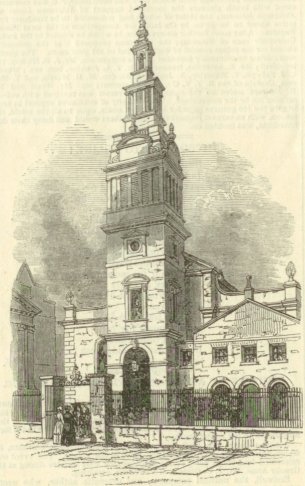On the tenth of September 1224, nine penniless and barefoot Franciscans disembarked in Dover harbour from a newly arrived ship from France. Despite considerable local suspicion, they remained in Dover overnight then started out for the sixteen mile walk to Canterbury. The order had arrived in England.
By this point, Franciscan friars had spread through Europe. Provinces had been established in Italy, Spain, Germany and France, and even the Holy Land. How would they be received in England?
On arrival in Canterbury they were well received by the monks at Christ Church, the cathedral. Five of them stayed in Canterbury, hoping for a place to establish a community, while four set out for the long walk to London. In Canterbury the friars were squeezed into a small room at the back of a school, but before long land was found for them by the river Stour. By 1268 a substantial friary had been built; one building remains, thought to have been the guesthouse, now in use as a chapel.



Slightly off-track here, but this is an interesting site so let's explore it post-dissolution. In 1546, following the reorganisation of city parishes, the church became a parish church, named Christchurch. in 1666 it burnt down in the great fire of London. Along came Christopher Wren to design a replacement: this was completed in 1687, though the steeple was added later. Here is Wren's church.


So why a black and white photograph? Another disaster struck the church: during the blitz in world war two it was bombed, and only the tower survived.
We recently visited the site, not far from the Central Criminal Court, the Old Bailey. We found it to be a rather bland garden, though at least 'Stinking Lane' has been renamed - it is now King Edward Street. The tower is still standing. On the site of the monastic buildings an unattractive building, home to a banking corporation, has been built - I won't show it here.
An entertaining legend is associated with this site. It is said that two attractive women, both accused of murdering their husbands, were buried here in the original Franciscan church. It seems that their ghosts occasionally appear, and they don't get on - they have been seen fighting.
Back to page 1 Home page - explore the site